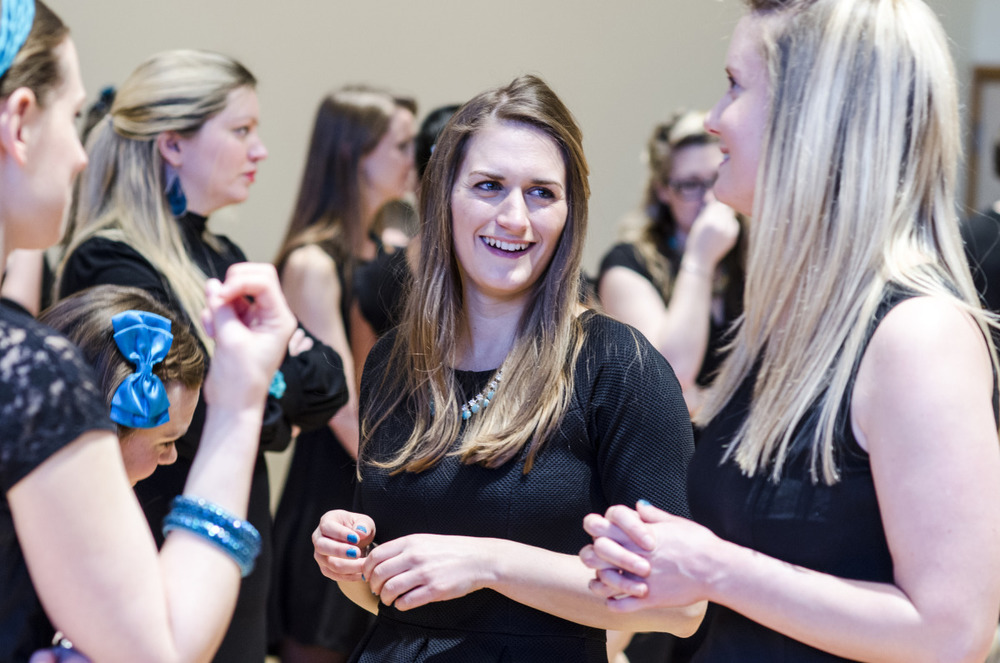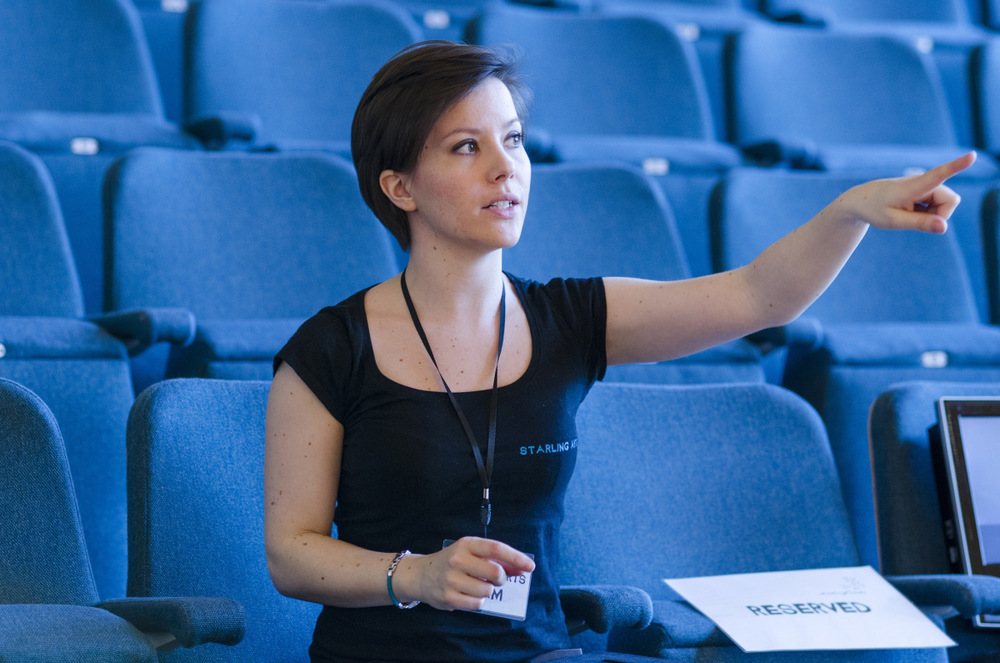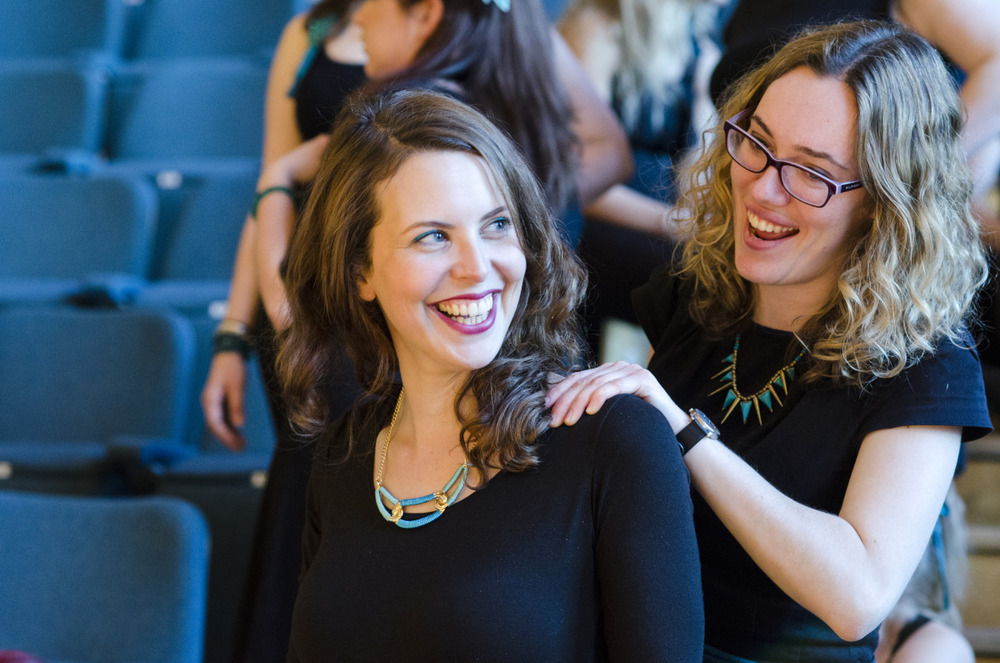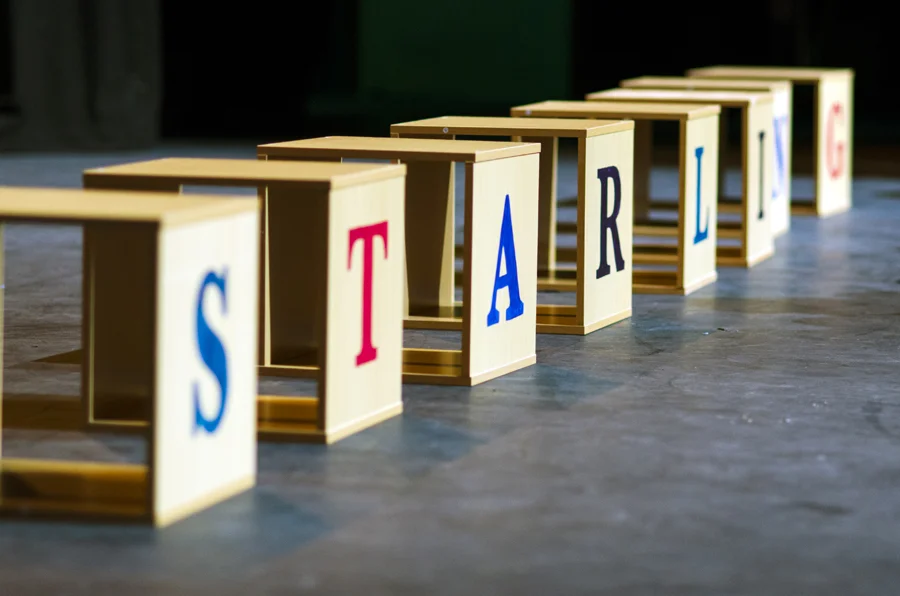Team Building Exercises and Icebreakers For Any Group
/Here at Starling Arts, we're always running sessions with a wide range of people and the first thing on our agenda is getting them all on the same page. Below we share our favourite team building exercises and icebreakers to get groups working together fast.

1. Commonalities
Groups of three or four must work together to find 3 things they have in common (aside from the obvious such as being in the same immediate environment or part of the same group.) Examples you might give the group are all having had a dog as a child, everyone to have visited Paris or everyone being allergic to nuts. At the end of an allotted time - three minutes is optimum - ask each group to introduce themselves and their shared facts.
*Award a spot prize for the most obscure shared facts.
2. Line up
To get the group moving and communicating with words and gesture, ask them to arrange themselves into different orders. Get them to line up in the following lines:
- Alphabetical, by first name
- By birth month
- In height order
*You can decide if you give them guidance such as which end is A or Z. You might decide to ask the group to complete their final line in silence, using only gestures to communicate.

3. Eyes down, eyes up
This exercise breaks social awkwardness around eye contact, and encourages human interaction! In a large circle, everyone must start looking at the floor. On the leader's instruction 'eyes up,' everyone must look directly at someone else. Anyone catching the eyes of another player is 'out' and steps away from play. Use the instruction 'eyes down' and 'eyes up' to continue play, until the final pair - or solo player - remains!
*Ask the group to observe the giggles, gestures or other communication occurring on eye contact.

4. The Knot
In a small circle, ask players to close their eyes. They should reach into the circle and grab a hand in each of theirs. When opening their eyes, the group will find themselves in a tangled knot. Slowly, through negotiation and careful movements, the group should try and slowly unravel the knot - without breaking their hands. Eventually, the group should arrive back in a circle!
*To add an extra challenge, ask the group to complete the challenge without talking.
5. Ball of String
This can be done with a real or imaginary ball of string, and works best with a group with some existing history or experience together. In a circle, one member starts by describing a positive memory of another group member. It could be a project they completed together, or a cup of tea once shared. That person then shares a memory of another member, and the 'ball' is passed on until the entire group are connected with a web of positive memories.
Try these exercises yourself or contact Anna and Emily at Starling Arts for a bespoke quotation for a live workplace session.


